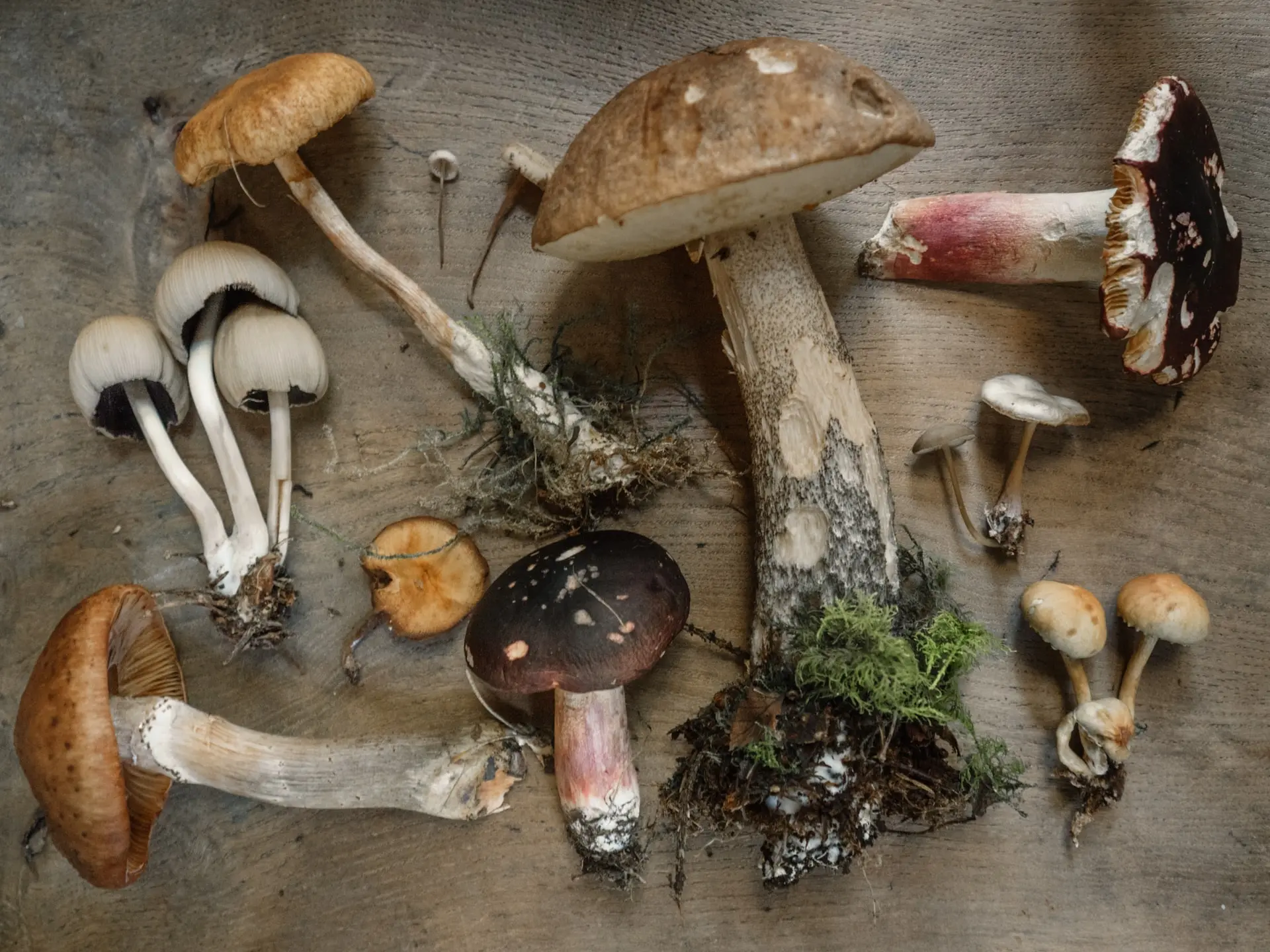Foraging for Wild Mushrooms
Foraging for wild mushrooms can be an enjoyable and rewarding activity, but it requires caution and knowledge to ensure safety. Here are some tips for foraging for wild mushrooms.
1. Safety precautions for mushroom foraging
Safety is paramount when foraging for wild mushrooms, as some species can be toxic or deadly if ingested. Here are important safety precautions to follow when mushroom foraging:
- Educate Yourself
- Start Slowly
- Know Your Habitat
- Use Multiple Sources for Identification
- Avoid Risky Species
- Inspect Carefully
- Keep Records
- Share with Experts
2. Identifying edible vs. toxic mushrooms
Identifying edible vs. toxic mushrooms requires careful observation and knowledge of key characteristics. Here are some general guidelines to help distinguish between edible and toxic mushrooms:
- Spore Print
- Cap
- Gills
- Stem
- Odor
- Habitat
- Color Changes
3. Popular wild mushroom species for foragers
Foragers often seek out a variety of wild mushroom species for their unique flavors, textures, and culinary versatility. Here are some popular wild mushroom species that are commonly sought after by foragers:
- Morel Mushroom
- Chanterelle Mushroom
- Porcini Mushroom
- Hen of the Woods
- Lion's Mane
- Oyster Mushroom
- Black Trumpet Mushroom
By following these tips and practicing responsible foraging practices, you can safely enjoy the experience of hunting for wild mushrooms while respecting the environment and ensuring your own safety.

Comments
Post a Comment